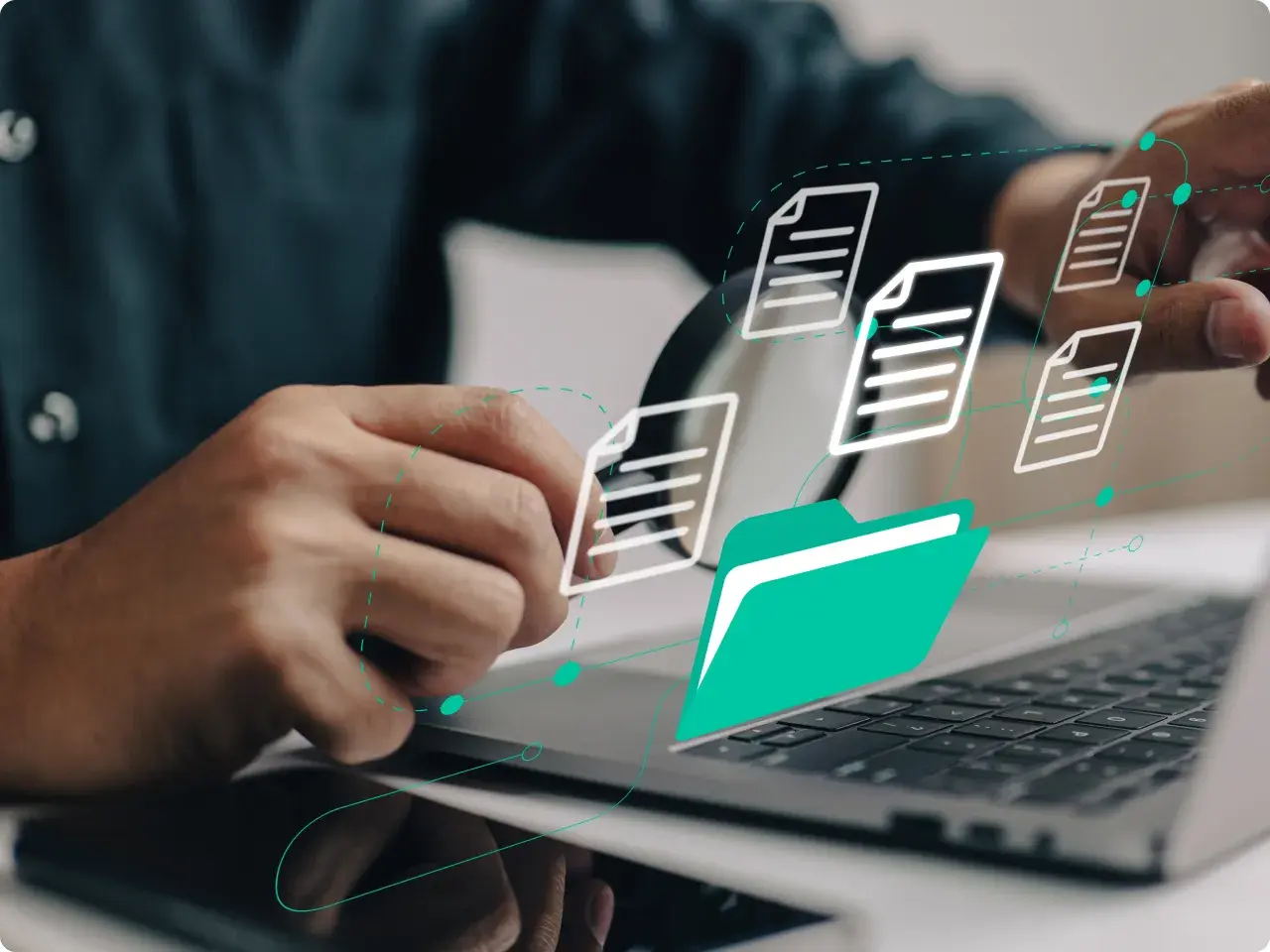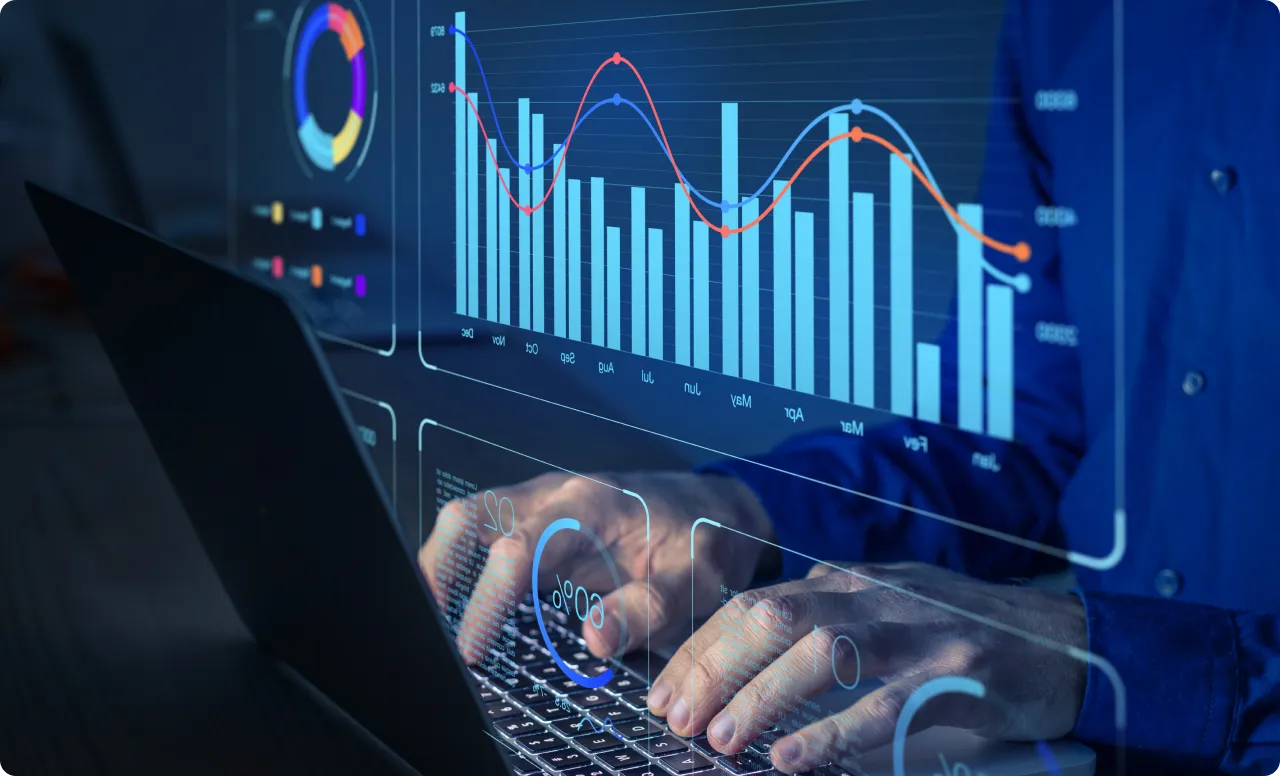
SAP BusinessObjects
Unlock actionable insights with SAP BusinessObjects — a centralized suite empowering dynamic data reporting, visualization, and sharing. Seamlessly integrated with SAP Business Technology Platform, it transforms raw data into valuable insights accessible anytime and anywhere.



CONTACT US
If you are looking for an SAP Global Strategic Supplier or Technology Partner for your business, fill out the form below, and we will contact you at short notice.
What is SAP BusinessObjects
SAP BusinessObjects (SAP BO, also historically BOBJ) is a reporting and analytics business intelligence (BI) platform for business customers. It consists of reporting applications that enable users to discover data and perform analysis to derive insights and create reports. The findings of the analyses can be comprehensively visualized with SAP BO.
How Can SAP BusinessObjects Help Your Business
SAP BusinessObjects BI offers a suite of intuitive business intelligence applications tailored for today's dynamic business landscape. These robust tools empower organizations to effortlessly handle enterprise-wide reporting tasks, ranging from flexible report formatting and dynamic data visualization to spontaneous queries across relational or multidimensional data sources. The solution’s key benefits include:

Comprehensive Business Intelligence
- Seamlessly connects with ETL and data quality tools, such as SAP Data Services
- Addresses the diverse needs of companies across various industry segments such as government, manufacturing, financial services, and non-profit organizations

Seamless Integration and Data Consolidation
- Enables integration with external systems like Salesforce and Microsoft Office
- Facilitates data consolidation from multiple sources for enhanced business analytics and reporting functions

User-Friendly Interface and Mobile Accessibility
- Features a drag-and-drop interface for easy customization and report creation
- Provides a mobile app compatible with both iOS and Android devices, ensuring accessibility and flexibility for users on the go
Discover Key SAP BusinessObjects Possibilities
SAP BusinessObjects can access SAP BW, SAP BW/4HANA, SAP HANA, or the SAP Business Suite or SAP S/4HANA via its native interface (BICS). Furthermore, all common relational databases (e.g., Oracle, Microsoft, IBM, Teradata, SAP IQ) can be connected.
The tools are usually operated via the SAP BusinessObjects BI platform. The BI platform is a central, service-oriented architecture that enables data access and information provision while complying with relevant security criteria. In addition, SAP BusinessObjects interfaces with SAP Business Planning and Consolidation (BPC), SAP Analytics Cloud (SAC), and SAP Data Services.

SAP Web Intelligence (WEBI)
- Web-based operation via (on-premises or cloud)
- Ad hoc data analysis from various SAP sources
- Drag & drop configuration for interactive reports
- Automated creation and distribution of recurring reports

SAP Crystal Reports
- Analyze and visualize data from multiple sources
- Pixel-perfect reporting capabilities
- Available in on-premises and cloud versions

SAP Analysis for Office (AfO)
- Plugin for Microsoft Office applications
- Reporting and planning within a familiar environment
- Supports multidimensional analysis and hierarchical data editing in Excel
- Integration into PowerPoint for seamless presentation creation

SAP Roambi
- Instant report creation and access on mobile devices
- Enhances flexibility and location-independent BI usage
SAP BusinessObjects Architecture
Kernel Layer
Inherent data of the Business Object
Integrity Layer
Business logic, including rules and constraints applicable to the Business Object
Interface Layer
Implementation and structure of the SAP Business Object
Object's interface to interact with external systems
Access Layer
Technologies facilitating external access to the object's data
COM/DCOM (Component Object Model/Distributed Component Object Model).
How We Can Help

Consulting

Implementation

Integration

Support

Application management
Industries we serve
Why LeverX?
Proven track record
Industry experts
SAP partnership
Quality and security track record
Investment in innovation
Flexibility
Implementation Roadmap
- Current Processes Evaluation: Assess existing business processes and identify the organization's needs.
- Defining Technical Requirements: Create a detailed specification of the functional and technical needs of the new system.
Discover
- Setting Goals and Objectives: Establish and agree on the goals to be achieved throughout the project.
- Assembling the Project Team: Appoint team members and define their roles and responsibilities.
- Project Plan Development: Create a comprehensive plan that outlines project phases, timelines, resources, and key performance indicators.
- Budget Determination: Estimate and approve the budget.
- Specifications Preparation: Develop the technical and functional specifications for the development team.
Prepare
- Ensuring Business Requirements are Met: Check that SAP BO aligns with business requirements and project objectives.
- Data Validation: Verify the accuracy and compliance of the data.
Explore
- Data Migration: Transfer data from existing systems to the new one.
- System Configuration: Set up the solution according to requirements and specifications.
- Customization: Develop additional features and modules, if the standard solution does not meet all needs.
- Integrations: Configure SAP BO to work with other IT systems and applications.
Realize
- Testing: Perform functional, integration, regression, and load testing to ensure that all works correctly.
- User Training: Organize sessions to help users become familiar with the new system.
Deploy
- System Readiness Check: Verify that the system is ready for operational use.
- Launch: Officially transition to active use of SAP BO.
- Ongoing Support: Continuously monitor solution performance to identify and resolve any issues.
Run
FAQ
What is SAP BusinessObjects?
What does SAP BusinessObjects consist of?
What are the business benefits of using SAP BusinessObjects?
What is the implementation process for SAP BusinessObjects?
How can SAP BusinessObjects be customized to meet specific business needs?
What are the licensing options available for SAP BusinessObjects?
Contact Us
What happens next?
-
1
An expert will reach out to you to discuss your specific needs and requirements.
-
2
We'll sign an NDA to ensure any sensitive information is kept secure and confidential.
-
3
We'll work with you to prepare a customized proposal based on the project's scope, timeline, and budget.
years of expertise
projects
professionals
Contact Us